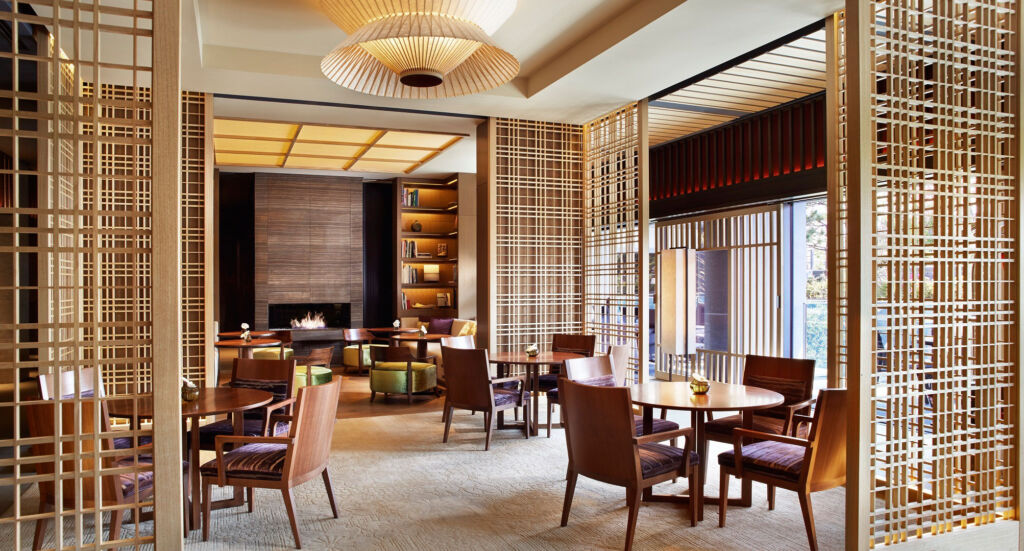
Ong Chin Huat speaks with Peter Remedios, the Chief Designer and Managing Director of Remedios Studio, an internationally recognised architecture and Design Studio based in Hong Kong specialising in High-end hospitality and residential projects.
With over 30 years of experience in five-star hotel and resort design as well as in luxury residential projects, Peter Remedios puts his unique style stamp in prestigious brands such as Aman Resorts, the Four Seasons, Mandarin Oriental, Park Hyatt and the Ritz Carlton, to mention just a few.
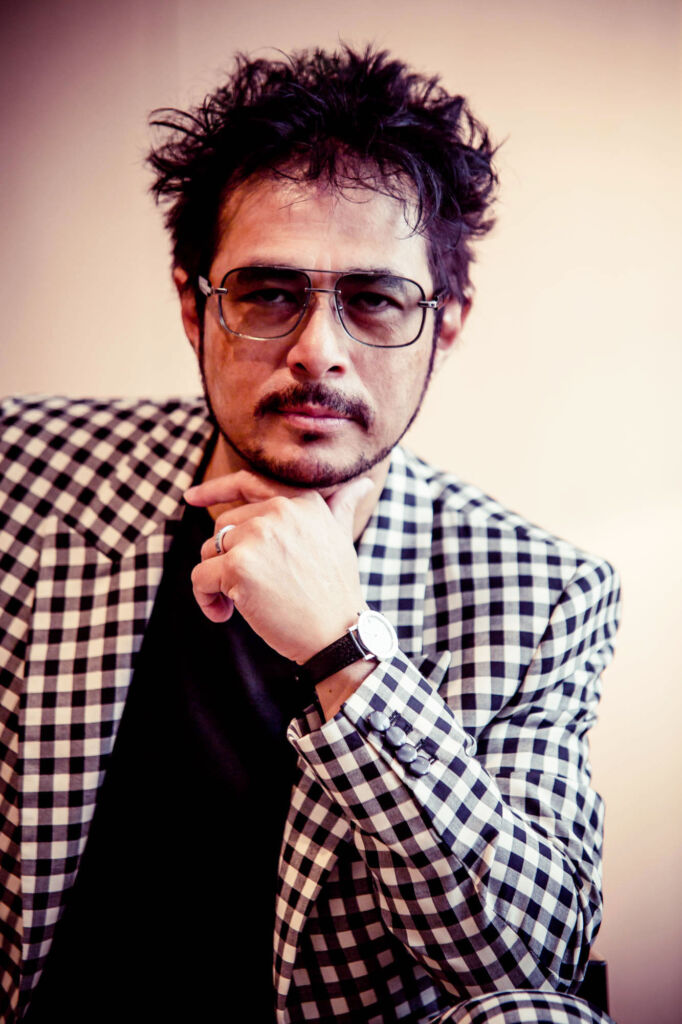 Having begun his career in the 1980s as a junior partner for Chhada, Siembuenda & Remedios Design in New York, Peter was instrumental in the interior design of the ground-breaking Four Seasons New York.
Having begun his career in the 1980s as a junior partner for Chhada, Siembuenda & Remedios Design in New York, Peter was instrumental in the interior design of the ground-breaking Four Seasons New York.
Spurred on by the success of this monumental hotel project, Peter then set up his own design studio on the opposite side of the US, in Long Beach, California.
In 2010, Peter relocated his studio to Hong Kong, having established himself as a leading hotel interior designer for the Asian market.
He also broadened his practice and ventured into designing luxury apartments in Hong Kong. More recently, he has done work for the Four Seasons Hong Kong and the Ritz Carlton Kyoto.
Luxurious Magazine: Tell us a bit about your background.
Peter Remedios: I have always had an immense interest in the design of things and how they are made, even from my childhood days, designing and building toys and other objects that I dreamt up. This intrigue with all things designed, whether they are small objects we adore, products we use, interiors we live in, cars we drive, yachts we dream about, and buildings we want to inhabit, all fascinate me.
I was a compulsive sketcher then and still am and can be seen sketching “in the air” as I dream up another idea or concept. I find architecture and design so enthralling that they are for me as much about my own personal interest as they are about what we create as a firm.
LM: Why did you decide to be headquartered in Hong Kong of all places?
Peter: After the Global Financial Crisis of 2008, I pushed the “reset” button as the US was in a mess. Architecture and Design firms were falling like a house of cards, just like the financial establishments that underpinned the construction industry.
I decided to move our headquarters to Asia and set up in Hong Kong, which I considered the epicentre of Asia, as that was the only region that I felt optimistic about. The move has served us well, and we enjoyed a very productive decade creating some phenomenal projects.
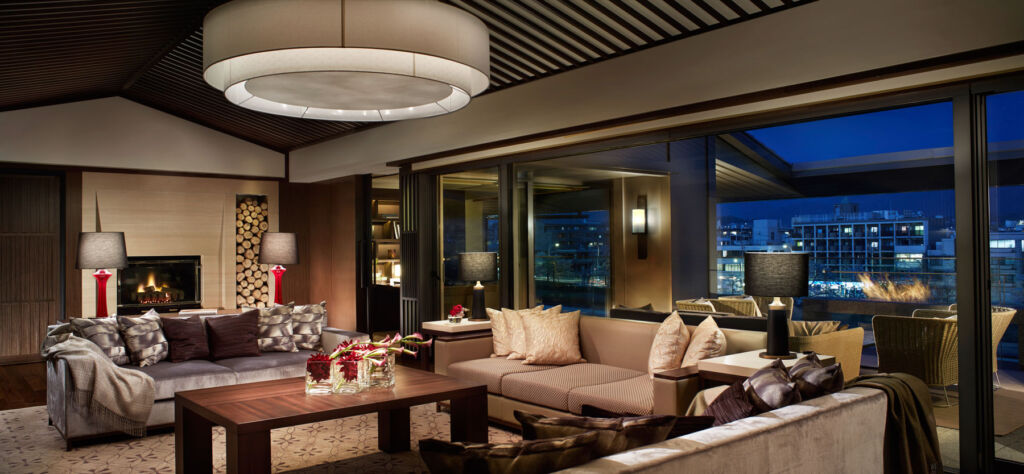
LM: You have designed for hotel groups like the Aman Resorts, Mandarin Oriental, Four Seasons, St. Regis etc. is there a common thread that underlines your design ethos or is each project completely different in terms of your approach and design aesthetics.
Peter: Our design ethos and philosophy are really quite simple. We find inspiration from the locations of our projects and interpret those unique elements in our design, tailoring them for the project.
Since we know and have worked with most of the major hotel operators, we curate our ideas to deliver a thoroughly bespoke design appropriate to each individual brand and its unique DNA and market segmentation.
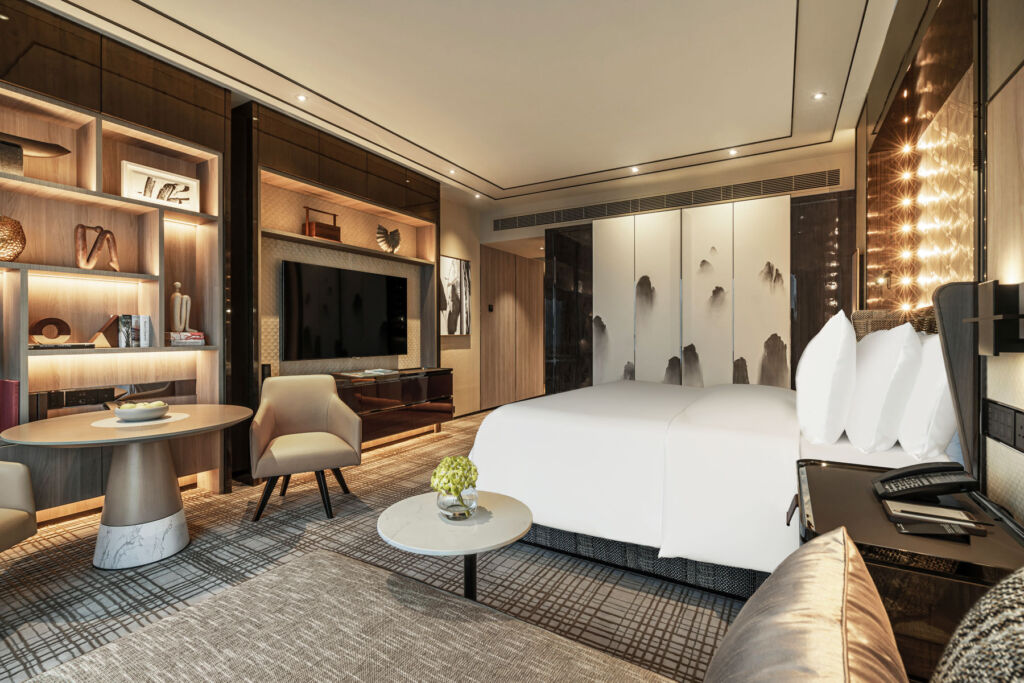
LM: How would you describe your design style in a nutshell?
Peter: In a nutshell, I believe our work has a characteristic “timeless modern style”, usually inspired by the culture of the location or perhaps a specific style. We believe architecture and design are very intellectual and thus, we thoroughly research, extract and interpret the essence of those styles or cultures to deliver a unique Sense of Place through a thoughtfully choreographed Design Story to create wonderful moments in the lives of our end users.
LM: Where do you look for inspiration when you start on a project?
Peter: We first learn everything we can about the location, the history, the geography, the culture, the people, the art, architecture and design styles to see what elements we think are exciting and unique to interpret it in a thoroughly contemporary way to capture the identity of the location and to create signature elements in our design. This is then curated for the brand to express its DNA and core values to create immersive and transformative experiences for the end-user.
LM: Do you have anyone you admire in your field, either as a mentor or inspirational figure?
Peter: At the start of my career, I worked with I.M. Pei and his team, it was an eye-opener seeing the design level and expectations, and that’s what makes us reach excellence. Working with admirable people with such high expectations makes you reset your own standards. Today, there are many designers and architects who do great work; in general, they inspire me and challenge me always to be better, to stay at the top of my game.
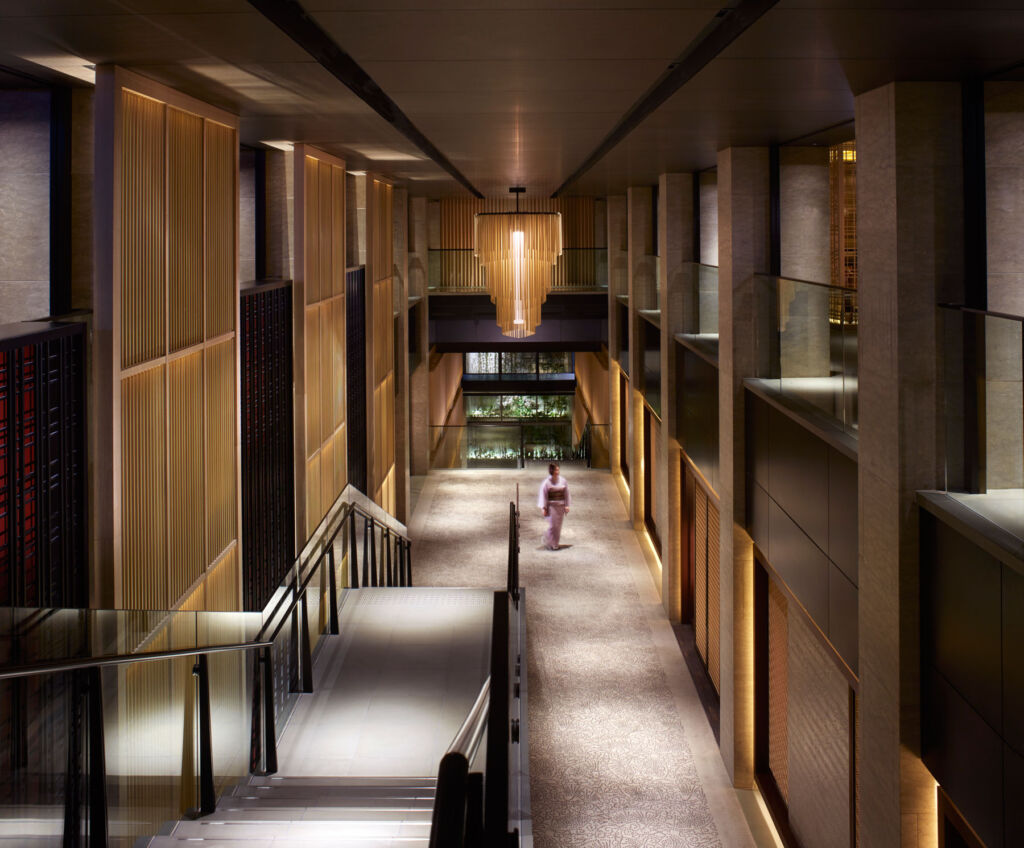
LM: As you focus on hotels and resorts, what do you personally look out for when you stay in a hotel?
Peter: I assess the overall design and all details of any space I am in if it is interesting and innovative, and if so, how has it engaged me or anticipated my needs or emotions. Often, however, when I see there are shortcomings, I have been known to rearrange the layout of a hotel room as it would bother me during my stay! We don’t focus just on hotels and resorts. We are also equally active in the high-end residential market (as well as restaurants, spas, etc.) as there is a strong crossover between residences and hotels.
A great hotel allows you to be immersed in a great emotive experience. A hotel room should create a sense of “homecoming”. On the other hand, a great residence delivers a relaxed sense of luxury and pampering that one connotes with great hotels. There is a lot of synergy between the two.
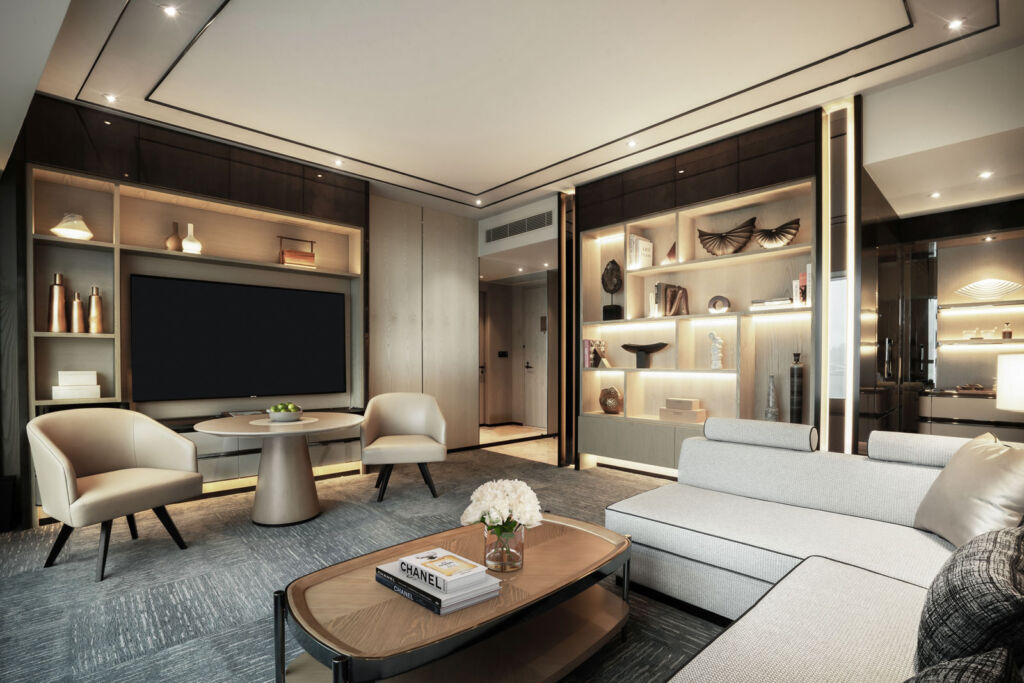
LM: What do you think makes a room appealing and comfortable?
Peter: Your every need has been anticipated not just in terms of service but also in terms of design. A great hotel is equal parts “hardware” as well as “software” to deliver transformative experiences. The hardware or design creates a platform to deliver the software or service, and in turn, the style of service inspires the design solutions that make a great hotel. Beyond big idea concepts, we focus a lot of attention on the details. “God is in the details,” Mies van der Rohe said.
When one approaches design holistically, it is then the full assault on all of our senses and emotions that create the appeal of a space and the memories we take away from that. Our underlying goal is to create wonderful moments through our designs, as it is these moments that will form a “dash-line” defining our lives and how we will remember them.
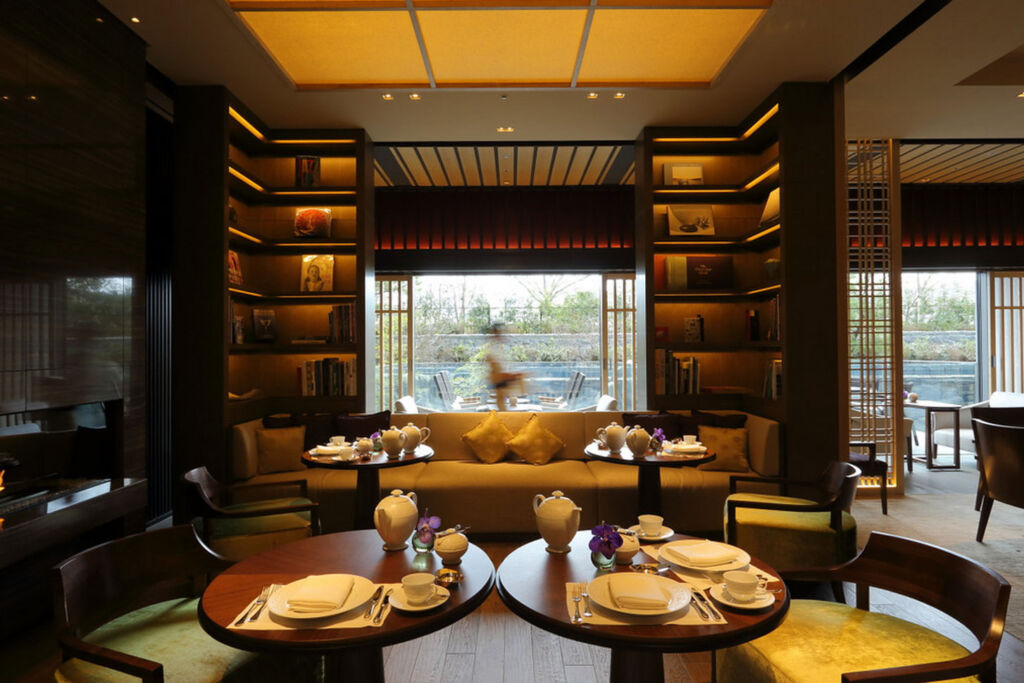
LM: Is there a difference from the interior point of view of a city hotel compared
with a resort?
Peter: From an interior point of view, city hotels offer the interior designer much more scope as the building is often a “box” and a blank canvas to create something spectacular within. Larger scale mixed-use projects increasingly have a play between indoor and outdoor spaces, which I really enjoy exploiting.
On the other hand, Resorts are very much more defined by their architecture, heightening the need for great architecture, which is why we enjoy taking on the full scope of architecture, landscape and interior design for resorts to curate immersive experiences.
LM: What is your favourite colour?
Peter: Personally, I gravitate towards black or white contrasted as an accent against warm neutrals or a hue such as copper, bronze, champagne, burgundy, aqua, etc., to achieve a specific look. There is generally a timelessness to my choice of colours and materials, but they are always used in an innovative way, often juxtaposing very different ideas.
LM: What is your definition of good taste?
Peter: Taste can never be taught, in my opinion. It is acquired over many years generally through exposure, absorbing what is good and eliminating what is not to achieve a level of refinement. Trends and fads come and go. They do not represent good taste. There is something classic about what is good taste, as it has survived the test of time.
It is also how you interpret that, putting your own signature to create something contemporary yet timeless. Witness the timeless elegance of Givenchy and Chanel’s creations over the years. Good taste is truly timeless!
For further information about Peter Remedios and Remedios Studio and to view their portfolio, please visit www.remediosstudio.com.
Read more exclusive interviews and industry leader profiles here.
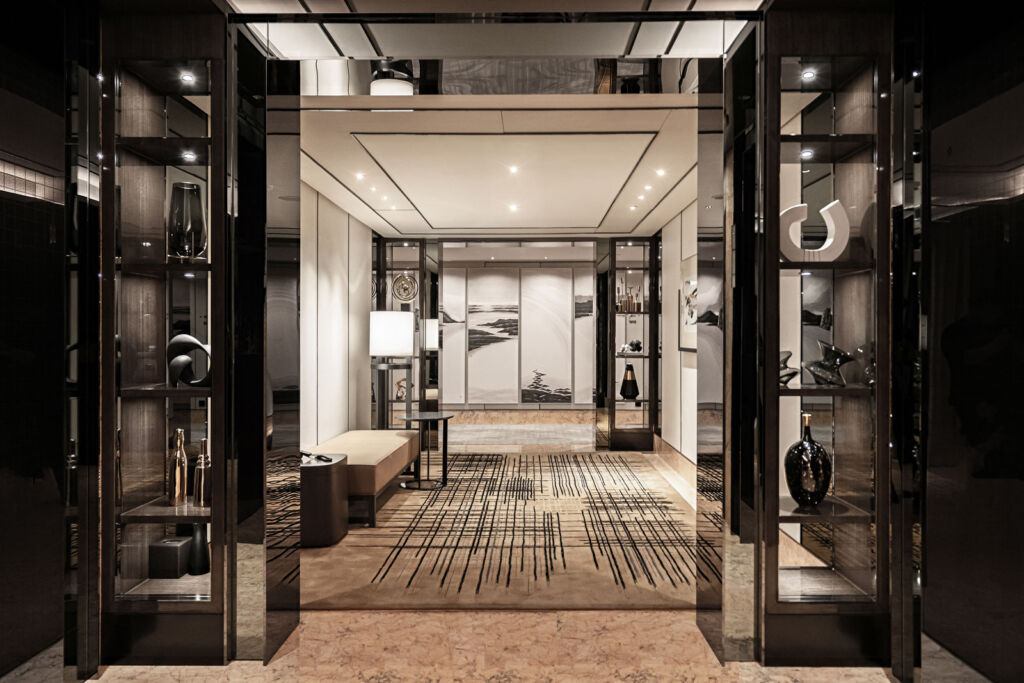
![]()


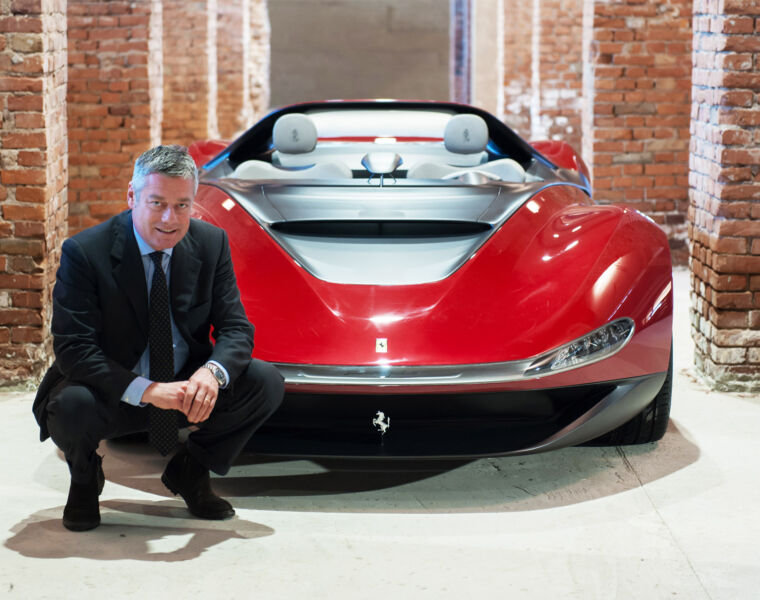

You must be logged in to post a comment.